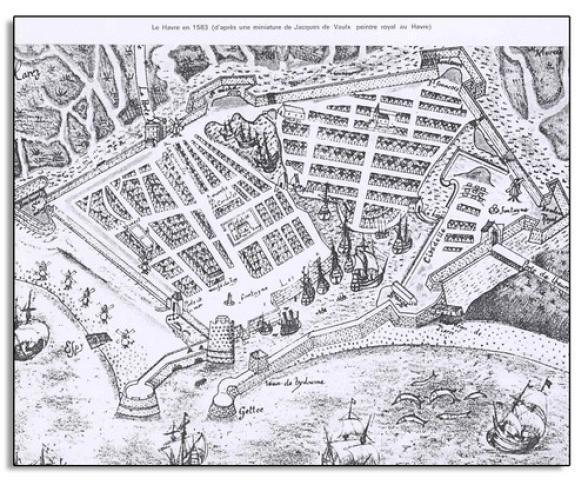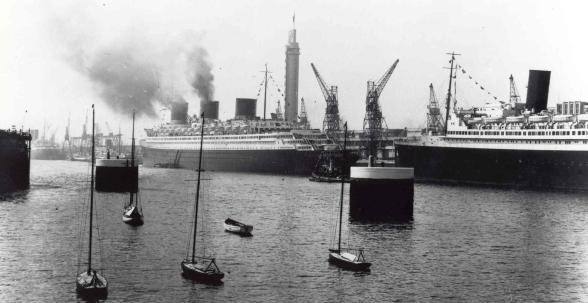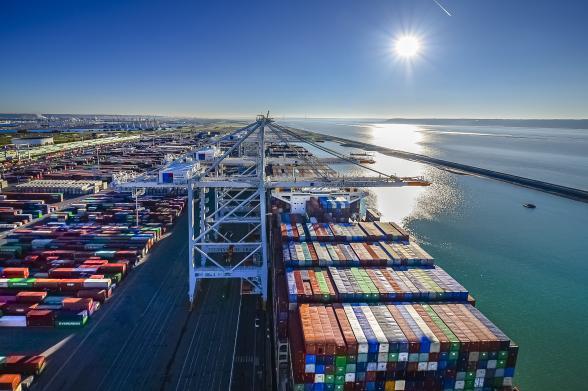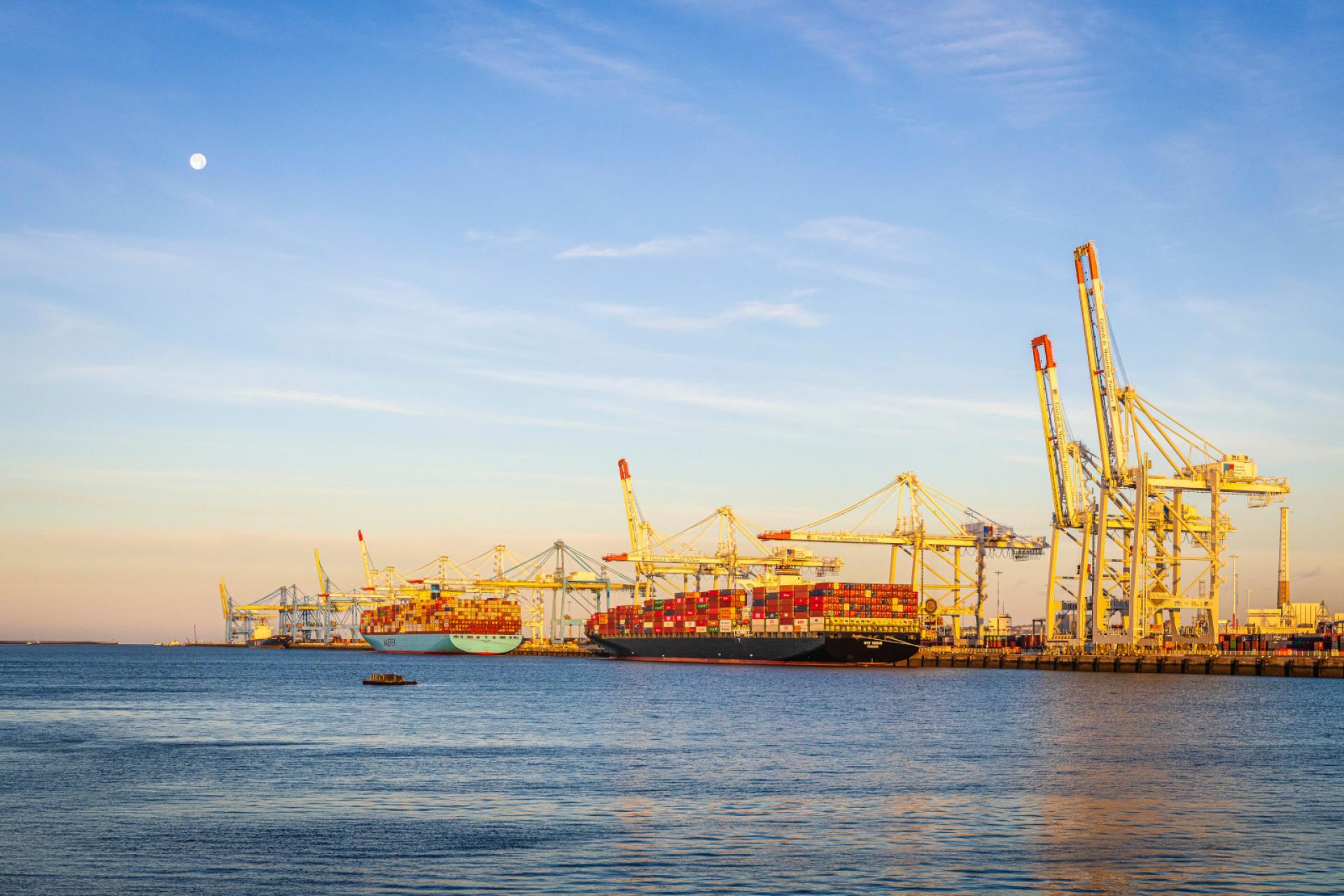- ABOUT US
- GOODS
- PASSENGERS
- MULTIMODALITY
- ECOLOGICAL TRANSITION
- INNOVATION
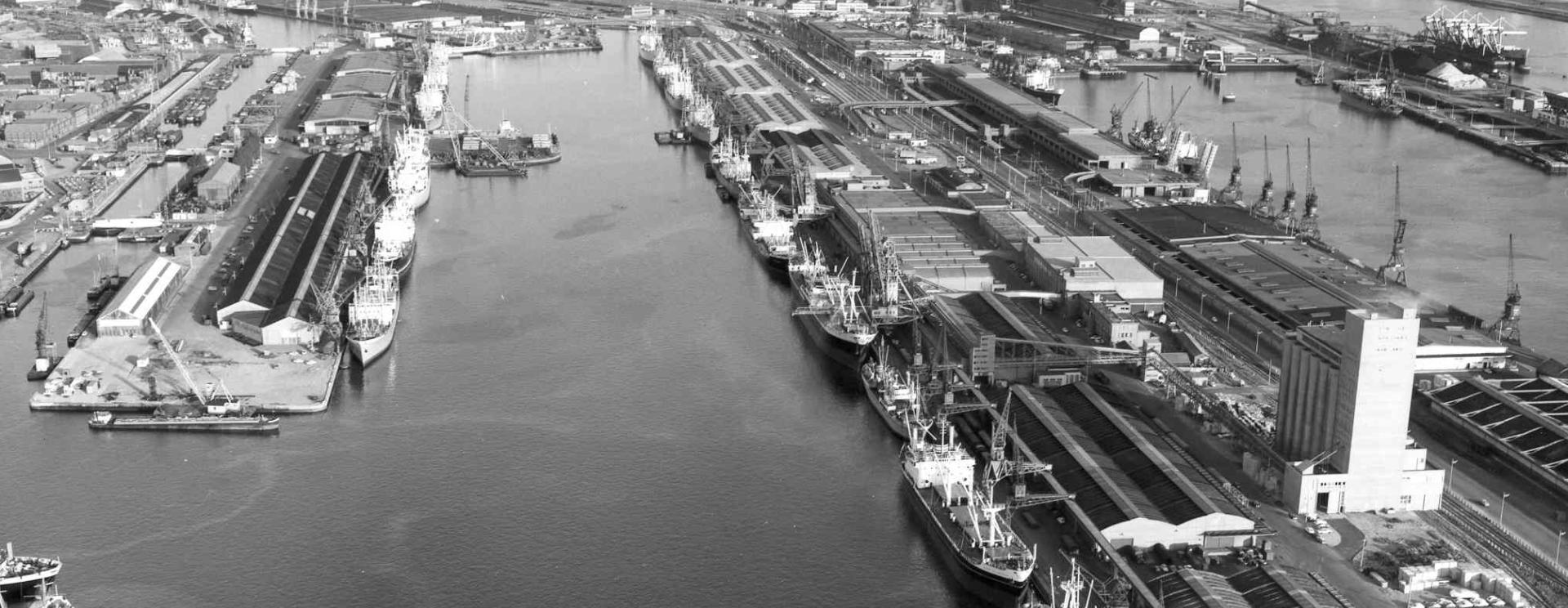
The history of the port of Le Havre
Published on - Updated
1517 – 1815: from naval to trading port
- 7 February 1517, King François I of France resolved that the port of Le Havre should be created (Bassin du Roy / King’s Basin).
- 1786: work begins on the Commerce Basin.
- 1787: work begins on the Barre Basin.
Up to the end of the Eighteenth Century, port activity was governed by naval considerations, and navigation began to play a role only with the development of the port at Rouen.
1815 – 1965: continuous port development
- 1824: cessation of its role as a naval port.
- From 1825 to 1865, further developments begin to see the light of day: Vauban Basin, Eure Basin, Florida Basin, the Transatlantic Lock and New York Quay.
- 1864: 1st use of the Forme de l’Eure (dry dock n°4).
- 1887: inauguration of the Tancarville Canal and Bellot Basin.
- 1925: creation of Le Havre Port Authority.
Between the two World Wars, various types of cargo traffic continued to expand, this being particularly true for petroleum traffic and passenger liners run by French (cf. the liner Normandie) and foreign shipping lines.
The port was largely destroyed by the end of the Second World War. The decision to reconstruct was taken on the basis of the 1939 port layout and was completed in 1965.
1965 – 1995: port expansion
- 1962: inauguration of the passenger liner France.
- 1964: inauguration of the Southampton Quay car ferry berth.
- During the years 1966 to 1971, a striking “eastward march” occurs with the expansion of the tidal dock (the future René Coty Basin) and the southeast inner basin and its connecting channel to the Tancarville Canal.
- 1971: entry into service of the François I lock.
This is followed by the opening of a shipping canal (the future Le Havre Grand Canal) progressively allowing access for seagoing vessels to the extensive alluvial plain where new industrial complexes were beginning to be set up
Container traffic undergoes rapid expansion (from less than 100,000 to 2 million TEU). Several terminals are constructed specifically to accommodate the container ships of the time (capacities between 6,000 and 8,000 TEU):
- Atlantic Terminal on the tidal dock in 1968–70,
- Europe Terminal on the inner basin in 1971-74,
- Ocean Terminal on the inner basin in 1975-80,
- The Asia and Americas Terminals on the tidal dock in 1992-95.
The very high level of demand for crude oil prior to the 1973 oil crisis leads the port and CIM (Compagnie Industrielle Maritime) to make plans for the construction of a specialist terminal to accommodate 550,000 dwt supertankers: in 1975 the Antifer oil terminal comes on stream.
- 1973: entry into service of the ro-ro terminal.
- 1976: entry into service of the new Tancarville Lock.
1995 to the present day: a new development phase
- The year 2000 marks the opening of a new and major development phase with the construction of Port 2000. As the leading French port for container traffic, Le Havre needed a port facility meeting European standards: :
- 30 March 2006: inauguration of the first four berths,
- 2010: the end of Phase 2 works and entry into service of the next six berths
2019 to today: finalisation of the port with the Phase 3 construction programme and the final two berths.
- 2003: entry into service of Normandy Bridge Logistics Park 1 (PLPN 1).
- 2008: Le Havre Port Authority is designated as the “Le Havre Major Seaport”.
- 2012: creation of HAROPA as an Economic Interest Grouping comprising the ports of Le Havre, Rouen and Paris.
- 2015: inauguration of the multimodal terminal.
- 1 June 2021: creation of HAROPA PORT.
